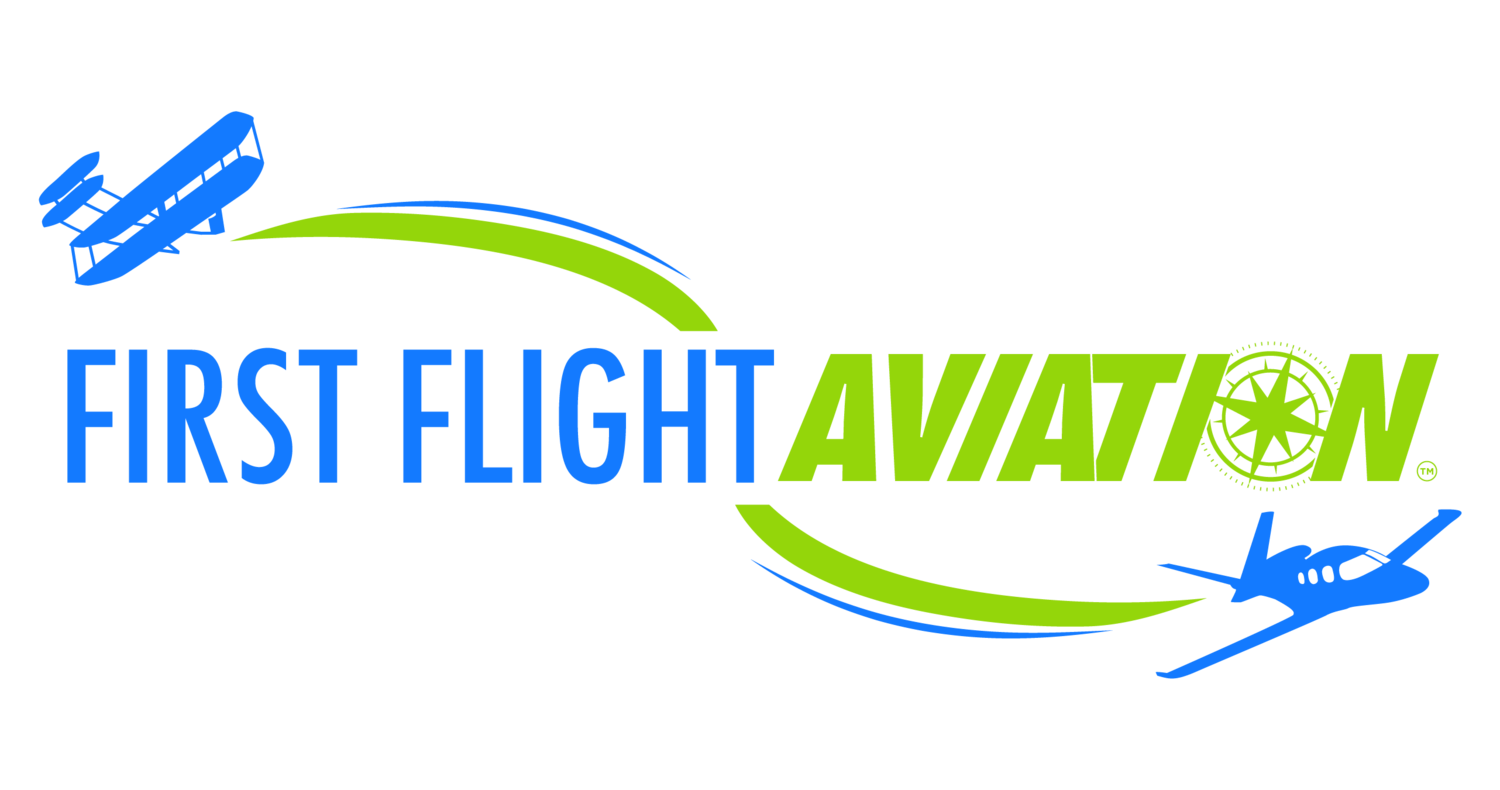ATC, TCAD, TCAS, TAS, TIS, ADS-B, FIS-B, ADS-R… What does all the acronym buzz mean?
Aviation is full of acronyms, some of which can be very confusing at times. As ground and air-based aviation systems and cockpit Avionics have evolved, more and more acronyms are appearing. Some of the newer ones we find operators struggling to understand the differences of and their meanings are acronyms pertaining to modern airborne traffic, weather, and Radar systems.
Call First Flight Aviation! (937) 885-5580
Radar Tracking Systems
Air Traffic Control (ATC) uses a system of ground-based Radars (Radio Detection and Ranging) for aircraft position coordination in the National Aerospace System (NAS), known as the Air Traffic Control Radar Beacon System (ATCRBS). Aircraft are equipped with Transponders that reply to ATC Radar inquiry pings as the ground antenna beam sweeps past the aircraft. The reply Transponder “beacon” pings contain data useful to ATC, such as Squawk Code Identifier (Mode A), Altitude (Mode C), Aircraft Tail Number (part of Mode S, if equipped). All transponders output reply pings on 1090MHz.
Along with ATCRBS, there are long range Primary Target Radars that pick-up returns from object large enough to reflect a signal. These are often used to help identify non-ATC participating airborne objects, such as balloons, gliders, or non-transponder equipped aircraft and correlate them as useful information with other systems for air traffic separation.
Air-to-Air Tracking Systems
Along with the ATCRBS and Primary Radars, there are some new systems that allow aircraft to see each other in the sky to better aid in separation and situational awareness. Traffic Collision Avoidance Device (TCAD) is a broad umbrella term often used to describe systems, such as TAS and TCAS, that alert pilots of other aircraft targets.
Traffic Collision and Avoidance Systems are devices installed in some aircraft that simulate an ATCRBS signal to trigger ping back replies from nearby aircraft transponders for map display in the cockpit. There are varying levels of TCAS systems, some of which provide official resolution advisories to the pilot as to what directional action to take in the event of an impending potential collision with another aircraft. Traffic Advisory Systems (TAS) are a lower cost simplified version of TCAS that are strictly advisory in nature, often found in smaller aircraft, that do not provide resolution advisories.
The latest system available, and now required in most airspaces that require use of an ATCRBS Transponder, is Automatic Dependent Surveillance – Broadcast (ADS-B). Rather than replying to an ATC ground radar ping or another aircraft’s TCAD, ADS-B is a GPS-based system that automatically transmits the aircraft’s position multiple times a second. It provides much higher position accuracies than Radar and TCAD based devices which therefore allows safer reduced positive control traffic separation requirements in congested airspace areas. It also provides any aircraft equipped with compatible ADS-B equipment participating in the system to also see other ADS-B participating aircraft on cockpit displays. Along with more accuracy, the technology is lower cost than Radar and TCAD based systems therefore allowing a wider range of airborne users to participate.
To make matters even more complicated, there are two ways to transmit ADS-B in United States Airspace – via a Universal Access Transceiver (UAT) on 978MHz or as an enhancement to ATCRBS Mode S Transponders on 1090MHz. Many systems capable of receiving ADS-B traffic can receive both frequencies.
Ground-to-Air and Air-to-Ground Tracking and Information Systems
Later in the ATCRBS Technology days, digital Mode S was developed to better identify aircraft and provide enhanced services such as Traffic Information System – Version A (TIS-A). This system would take the digital targets processed by the ground radar and re-transmit them so that smaller aircraft equipped with enhanced Mode S Transponders capable of receiving the signals could display advisory-only aircraft targets on cockpit displays without needing TAS equipment. This system had fair results but obviously only works in areas with Radar coverage offering the service. The FAA intends to decommission TIS-A soon with newer solutions present such as ADS-B.
While ADS-B provides Air-to-Air capabilities, mostly due to the autonomous broadcast nature of the system not requiring a radar ping to function, it also offers an Air-to-Ground and Ground-to-Air feature. The FAA has implemented a system of ground stations that receive ADS-B signals from aircraft which are then processed in a networked computer system for use by ATC, aircraft operators, FBOs, and others tracking aircraft flight operations. These ground stations can also retransmit received ADS-B target signals as Automatic Dependent Surveillance – Rebroadcast (ADS-R) and pinged ATCRBS target signals as Traffic Information System – Version B (TIS-B) from ground-to-air to be depicted on cockpit displays.
To encourage aircraft operators to participate in the system, ADS-B has another trick up its sleeve in offering Flight Information System – Broadcast (FIS-B). Being a digital computer network-based ground station system, ADS-B towers transmit FIS-B data out that can be received by aircraft equipped to receive it – free of charge. FIS-B data includes National Weather Service weather radar uplink, METARS, TAFs, and FAA NOTAMs, TFRs, etc. with new types often being added as the system evolves. This has greatly enhanced aviation safety.
ADS-R, TIS-B, and FIS-B operate on the 978MHz based system separate from ATCRBS Transponders and TCADs. It is important to note that ADS-R and FIS-B presently only work in US Airspace – all other countries use Mode S Transponder based ADS-B on 1090MHz based systems.
Summary
There are obviously many more details about the actual workings of how these systems operate but this basic overview covers the need-to-knows for pilots and operators. For further information and inquiries, the aviation experts at First Flight Aviation would be glad to answer your questions. Reach out to our Avionics Department Team for inquiries regarding support pertaining to these systems if equipped in your aircraft. Contact Us today!
